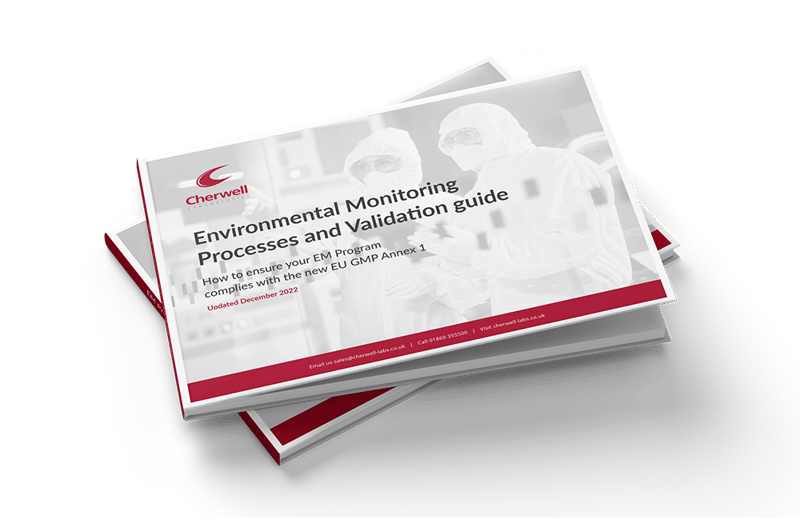Biofluorescent particle counters for microbial monitoring article in Cleanroom Technology magazine
Cherwell has had an article featured in the November 2023 issue of Cleanroom Technology. The article highlights how the latest update to the EU GMP Annex 1 regulation (2022) has prompted the need for improved environmental monitoring (EM) solutions in sterile medicinal product manufacturing. While pressure mounts upon manufacturers to increase efficiency and mitigate contamination risks, in-process EM solutions, like biofluorescent particle counters, can help manufacturers to gain real-time insights and boost compliance.
Here's an extract from the article:
"To help manufacturers navigate the transition to the revised Annex 1 regulation, Cherwell recently invited EM specialist, Allison Scott, PhD, to share her insights and expertise as part of it's "Delivering Knowledge" presentation series. The presentation brought attention to real-time, bio-fluorescent particle counting (BFPC) technology as a solution for continuous EM, and how BFPC platforms, such as the MicronView BioAerosol Monitoring System (BAMS), can support Annex 1 compliance. In this article, we will cover some of the key highlights from the presentation, and outline the benefits of rapid microbial monitoring (RMM) technology for improving cleanroom surveillance and detecting contamination events."
The article, featured on pages 26 - 30 of the November 2023 issue of Cleanroom Technology covers:
- Bio-fluorescent particle counters explained
- Advantages and limitations of BFPC
- A continuous solution for Annex 1 compliance
- Enabling continuous monitoring
- A new era in sterile manufacturing
The article advises that "Following more than a decade of successful implementation in the pharmaceutical industry, BFPC is gaining popularity in sterile manufacturing EM, providing a host of benefits whilst offering a complementary tool to traditional culture-based methods..." going on to say "BFPC solutions, like the MicronView BAMS, can help to boost cleanroom standards and meet the new EU GMP requirements. However, this has not reduced the value of traditional air sampling methods, since cost effective identification of contaminant species remains an important part of understanding and combatting contamination events."








